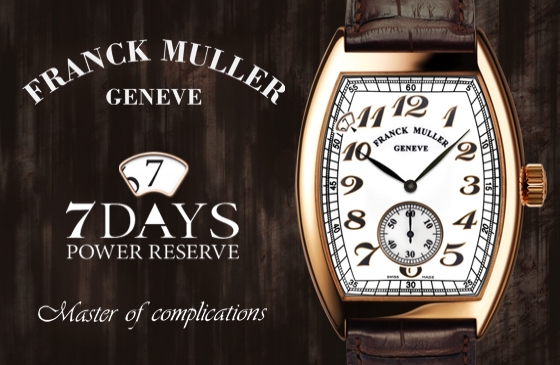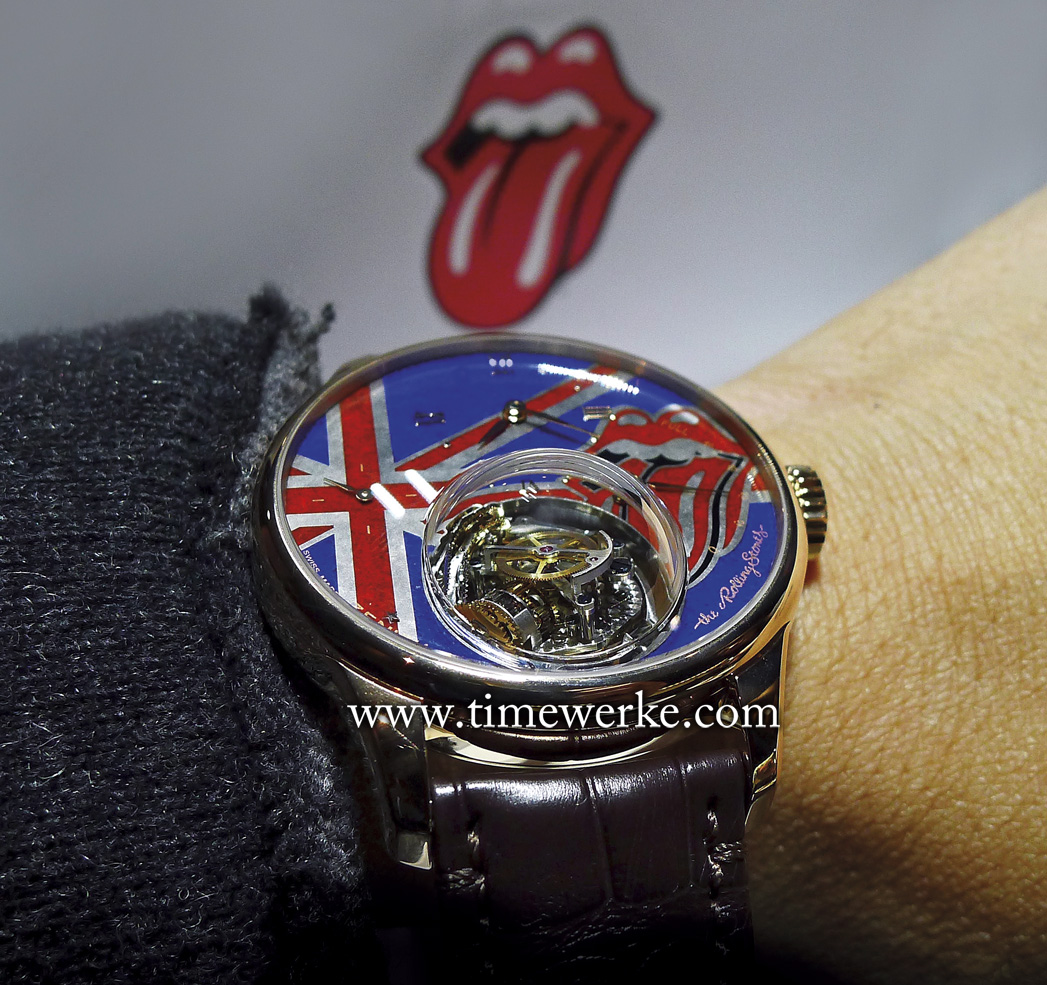
Zenith Academy Christophe Colomb Tribute to the Rolling Stones. Introduced in 2016, it features the El Primero Calibre 8804 manual-winding movement beating at 36,000 vibrations per hour (5Hz) and has two Gyroscopic carriages made of 171 components. The dial features the Union Jack and the iconic “tongue and lips” logo of the Rolling Stones. Limited to 5 pieces and priced at CHF220,000. Photo: © TANG Portfolio. Elfa / Timmy. BaselWorld 2016.
The late 1960s and the early 1970s can be classified as the golden age for British rock band, the Rolling Stones which was formed in 1962.
The 1970s was also the time when their now iconic “tongue and lips” logo was introduced.
While “Brexit” may be possibly be the most talked about topic for the day, especially in the United Kingdom, did you also know that Britain held its first referendum on whether the country should remain or leave the then European Economic Community or EEC (which evolved to become the EU) back in the 1970s?
That referendum was held in June 1975. In an interview published in The Straits Times1 and published in April 2016, Douglas Webber, political science professor at Insead, notes that the majority of voters then chose to stay because in 1975, most Britons viewed Europe as the solution to save their economy.
The British economy then was in poor shape. This is in stark contrast to the United Kingdom’s current economic standing within the EU.
It was in 1970 that John Pasche, who was then a third-year student at the Royal College of Art in London, designed the now famous “tongue and lips” logo synonymous with the Rolling Stones.
Interestingly, his classmate was working on Pink Floyd’s The Dark Side of the Moon poster which is today also an iconic piece.
Pasche had first started designing the poster for the Rolling Stones’ 1970 European tour poster. In April 1970, he was asked by Jo Bergman (Georgia Bergman, who was then known as Jo, was the personal assistant to Mick Jagger from 1967 to 1972) to design a logo or symbol that could be used on note paper, as a program cover and as a cover for the band’s press book.
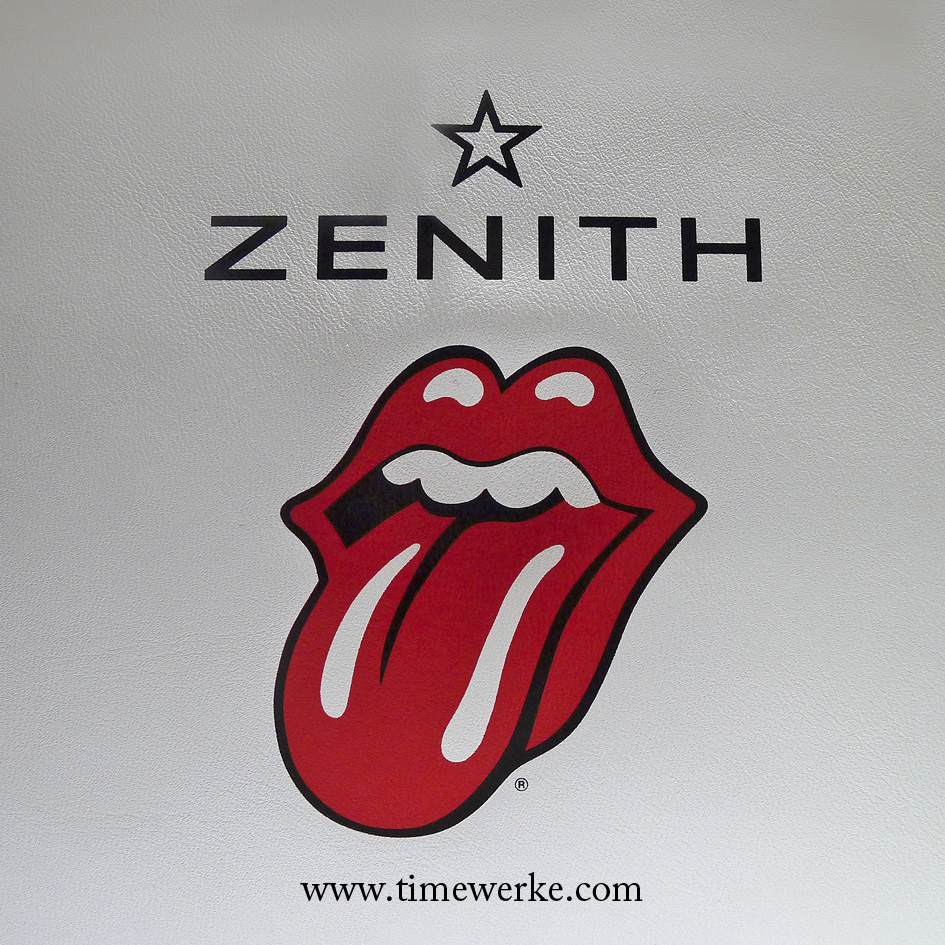
The familiar “tongue and lips” logo synonymous with the Rolling Stones was designed by John Pasche in 1970 who was then a third-year student at the Royal College of Art in London. The inspiration came from an image Jagger had of Kali, the Indian Hindu goddess who had a pointed tongue. The logo was first used in 1971 on an insert for the rock band’s Sticky Fingers (1971) album. Pasche was paid £50 for his “tongue and lips” design work. Photo: © TANG Portfolio. Elfa / Timmy. BaselWorld 2016.
Pasche reveals that the inspiration came from an image Jagger had of Kali, the Indian Hindu goddess who had a pointed tongue.
He was commissioned to design the logo, of which he took two weeks to complete. The logo was first used in 1971 on an insert for the rock band’s Sticky Fingers (1971) album.
Did you also know that Pasche was paid £50 for his “tongue and lips” design work?
As to whether the “tongue and lips” logo was inspired by Mick Jagger’s mouth, Pasche reveals that it wasn’t initially but that seemed to dovetail into his design over time.
The sticking out of one’s tongue is a universal statement, figures Pasche, adding that it is like anti-authority and a form of protest.
Since then, this “tongue and lips” logo has been on every Rolling Stones’ album released. It has also become a symbol for rock and roll.
Today, this iconic symbol of the Rolling Stones can also be found on watches, namely Zenith watches.
Zenith had first collaborated with the Rolling Stones in 2014 and we fully appreciated the very first watch – the El Primero Chronomaster 1969 the Rolling Stones Edition.
The “tongue and lips” logo synonymous with this British rock band on the El Primero Chronomaster 1969 the Rolling Stones Edition is relatively discreet at the chronograph counter at the six o’clock position.
For the 2016 version, this logo is highly pronounced on the dial of the Academy Christophe Colomb Tribute to The Rolling Stones.
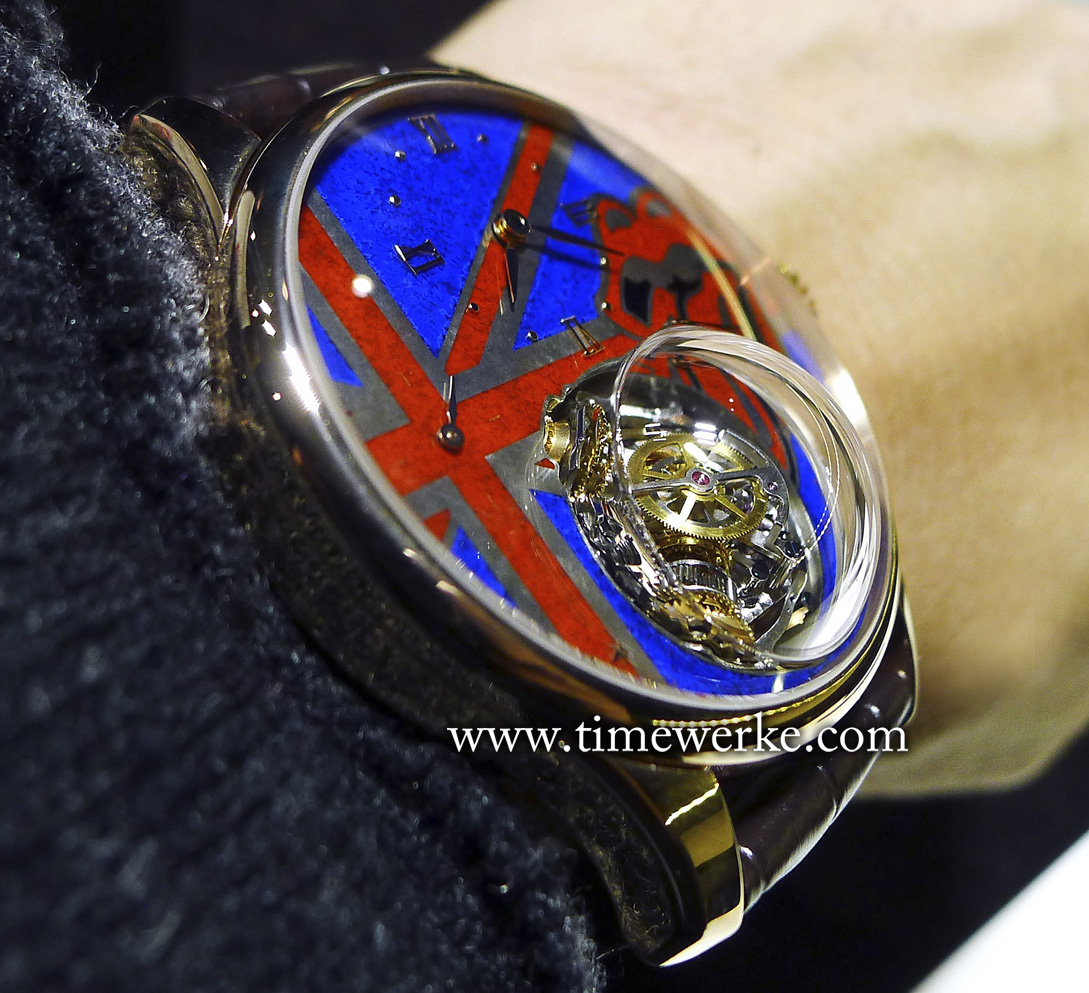
The Academy Christophe Colomb movement, the El Primero Calibre 8804 manual-winding movement features the brand’s patented Gravity Control Gyroscopic module which causes the regulating organ to remain horizontal to ground level regardless of the angle the watch, thereby neutralizing effects of gravity on the rate of the watch. Do note that the Academy Christophe Colomb is not a tourbillon. The 45mm diameter case is in 18K rose gold and is 14.35mm thick and 21.40mm thick with the domed sapphire crystal. Photo: © TANG Portfolio. Elfa / Timmy. BaselWorld 2016.
Together with the Union Jack, both symbols of which have been micro-painted and in enamel, the dial is highly striking and is true statement piece. Anglophiles and fans of the Rolling Stones ought to be proud of this piece.
This is especially so when the Academy Christophe Colomb movement features the brand’s patented Gravity Control Gyroscopic module which causes the regulating organ to remain horizontal at whatever angle the watch is placed, thereby neutralizing effects of gravity on the rate of the watch.
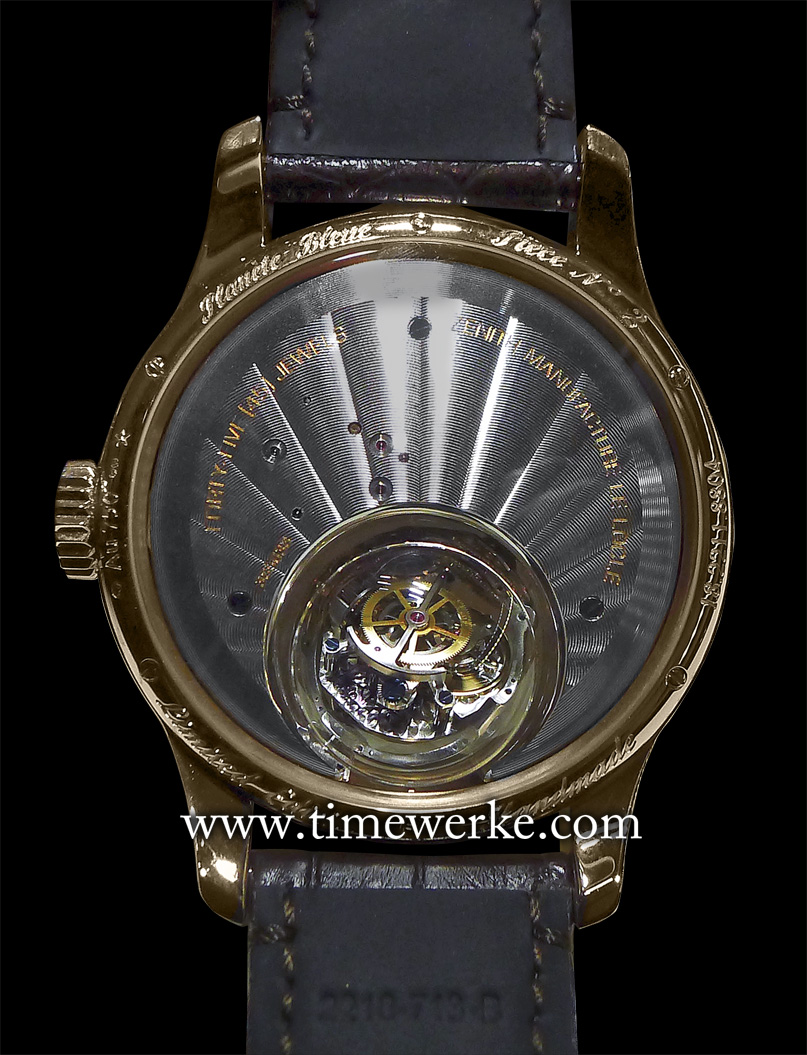
The El Primero Calibre 8804 manual-winding movement is made up of 308 components, has the movement diameter of 37mm (16½-lignes) and the thickness of 5.85mm. Its frequency is 36,000 vibrations per hour or 5 Hertz. Photo: © TANG Portfolio. Elfa / Timmy. BaselWorld 2016.
In other words, the regularity of the watch is enhanced without the position of the watch interfering with the rate of the movement. This results in greater precision, as explained by the brand.
What’s more, torque transmitted to the gear train is regulated by the fusée and chain escapement.
What one must bear in mind that the Academy Christophe Colomb movement is not a tourbillon. It is definitely not a “Brexit” watch but a statement piece.
Reference:
1. All signs point to Brexit, says EU expert by Cheong Suk-Wai, The Straits Times, 19 June 2016
Other related articles on timewerke.com that may be of interest:
i. Zenith Academy Christophe Colomb Tribute to the Rolling Stones: “Brexit” watch?
ii. Zenith Pilot Type 20 Hommage à Louis Blériot: The Calibre 5011K’s Space Edge
iii. Zenith El Primero Chronomaster 1969 the Rolling Stones Edition: Rapid heartbeat
iv. Zenith Pilot Type 20 – the 6 C-type?

